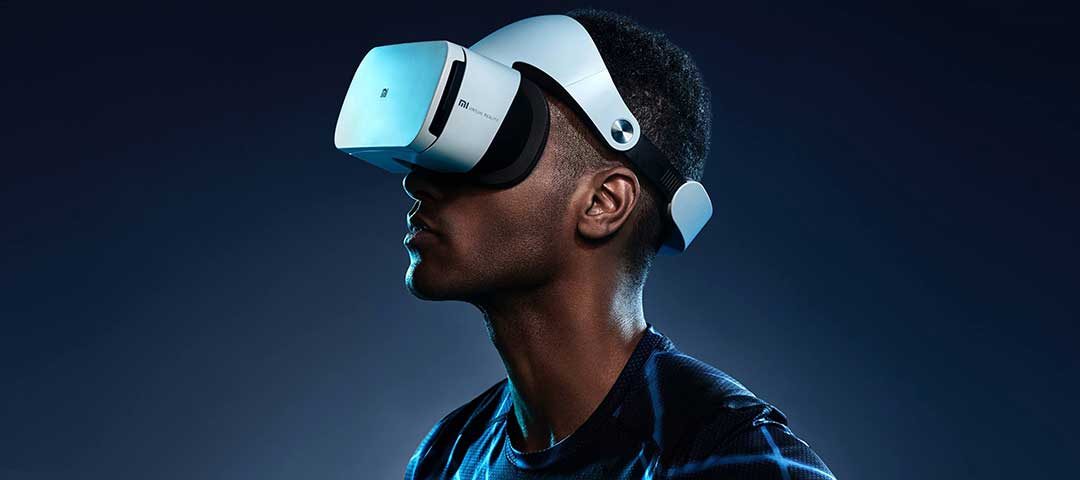advertisement
How virtual reality is transforming learning at this huge public university
The University of Newcastle is using virtual and augmented reality technologies to transform how nursing and midwifery trainees learn, and…

The University of Newcastle is using virtual and augmented reality technologies to transform how nursing and midwifery trainees learn, and plans to tap the blockchain to support students attaining ‘micro-credentials.’
The Australian university has about 40,000 students and is located in a suburb of Newcastle, New South Wales.
The innovations are being led by chief information officer, Anthony Molinia, who joined the university in October 2016 following the departure of Sanjay Kalra.
advertisement
Since joining, Molinia has refreshed the university’s digital strategy with AR and VR technologies currently taking centre stage. The IT group has moved out of the back office and is now delivering pilots that prove the capabilities of different technologies before they are deploying across the university.
“This mindset is significant because it helps take academics along on the journey,” Molinia told CIO Australia.
“Essentially this means they can see what we are talking about and there isn’t this disconnect between IT and their [academics’] vernacular … this is what we are trying to achieve.”
advertisement
Under the university’s ‘Road to Birth’ pilot project, students at Newcastle University’s School of Nursing & Midwifery – using HTC Vive, Rift Oculus and Microsoft Hololens VR headsets, a smartphone, laptop or PC – are being guided visually through the internal stages of childbearing. It is designed for use as an adjunct to the current pedagogical approaches to teaching, Molinia told CIO Australia.
The VR technology was created in 12 weeks by five internal staff inside the university’s IT innovation team and the school. The technology was part of the Sex, Science and Society MOOC at the end of 2017 and will be used by midwifery students from semester 1 this year, Molinia said.